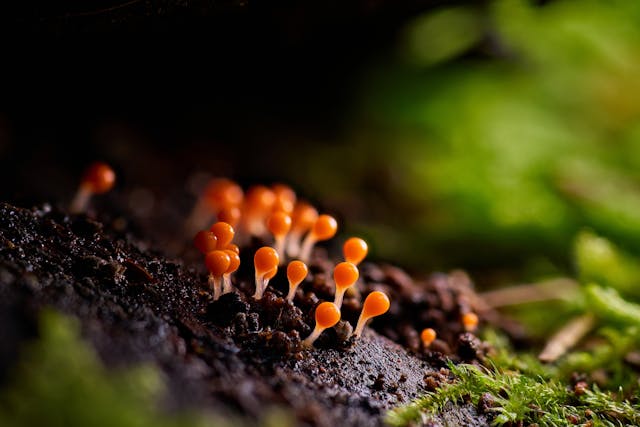What Is The Future Of Plant Identification Apps? Things We Can Expect
Are you a plant lover? Are you always curious to know about different varieties of plants? If yes, then free plant identification app for iPhone are the best option for you. These apps offer users the ability to identify the plants through simple photographs.
These plants have become way better than before. In the beginning, these applications were very laggy and were used to produce inaccurate results. However, now they produce 100% accurate results. The best part about such applications is that their developers do not seem stoppable. This means we can expect many more changes in the coming future.
Enhanced AI and Machine Learning Capabilities
The backbone of plant identification apps is artificial intelligence and machine learning, which allows the app to analyze images and compare them to a vast database of plant species. As technology advances, we can expect even more powerful AI systems to be integrated into these apps, resulting in better accuracy and faster identification.
Machine learning algorithms will continue to evolve, improving the ability of apps to recognize subtle differences between similar plant species. In the future, plant ID apps may even be able to identify plants based on minimal visual cues, such as a leaf’s texture or a tree’s bark pattern, making them more effective in diverse environments.
More Comprehensive Databases
Another exciting development in the future of plant identification apps is the expansion of plant databases. Currently, many apps rely on user-generated content or limited sources of information. However, as global interest in plants grows, we can expect these databases to become more comprehensive.
The addition of plant species from all over the world, including rare or newly discovered plants, will make these apps valuable tools for botanists, conservationists, and even casual users. With access to a more extensive range of plant data, users will be able to identify plants from remote areas and regions that were previously underrepresented in existing databases.
Greater Emphasis on Community Engagement
In the future, we can expect plant identification apps to foster a stronger sense of community among users. As more people become interested in plants and gardening, these apps will likely include social features that encourage users to share their findings, exchange tips, and collaborate on environmental initiatives.
For example, users may be able to form local plant identification groups, where they can share their discoveries and collaborate on conservation efforts. This sense of community engagement will be crucial in promoting biodiversity and environmental awareness on a larger scale.
Collaboration with Environmental Organizations
As plant identification apps grow in popularity, we can expect more collaboration between app developers and environmental organizations. These partnerships would allow for the creation of apps that contribute to conservation efforts by tracking plant populations and sharing data with researchers.
Users may be able to contribute to citizen science projects directly through the app by identifying and reporting rare or endangered plants. This data could then be used by botanists and environmentalists to better understand biodiversity and take action to preserve vulnerable ecosystems.



